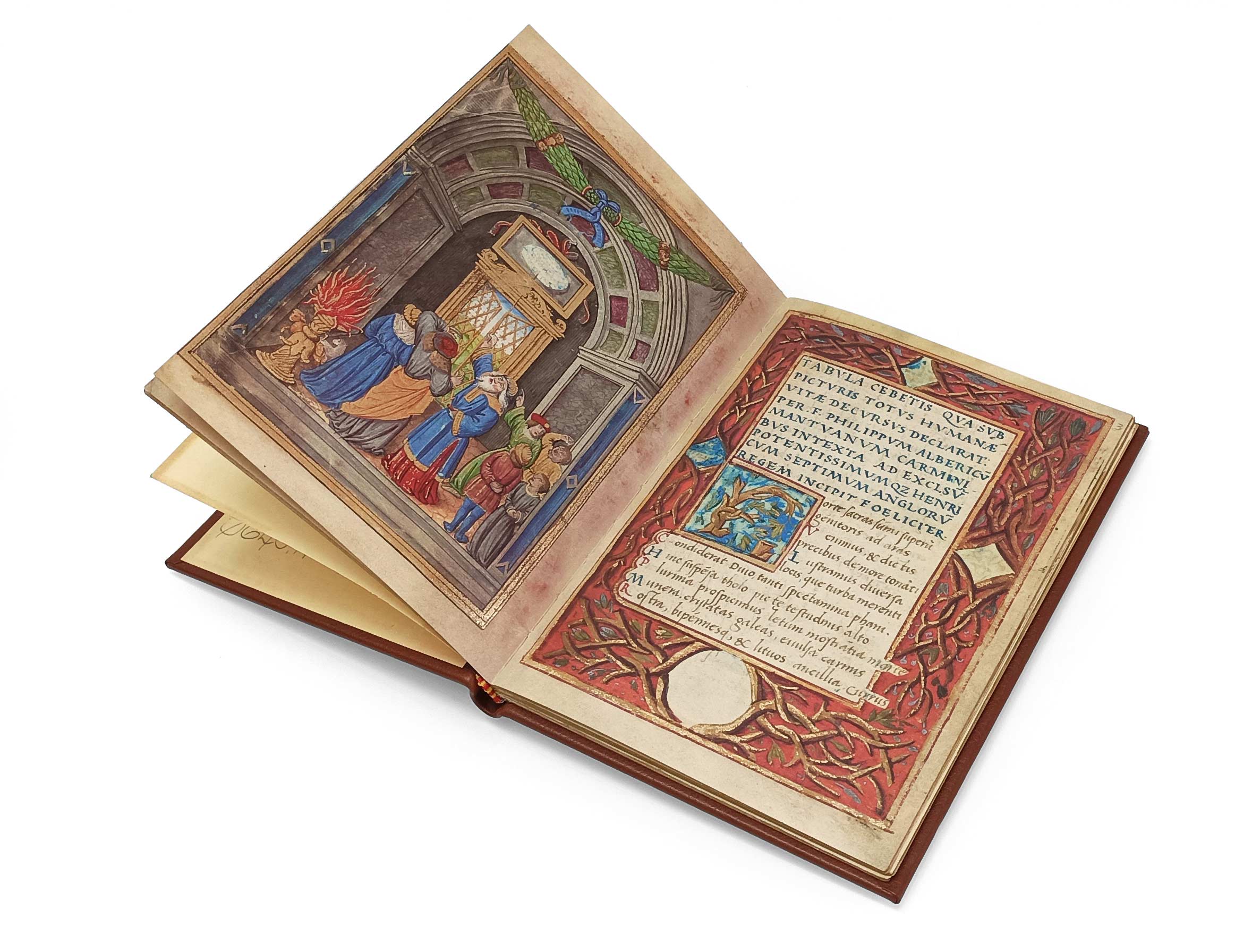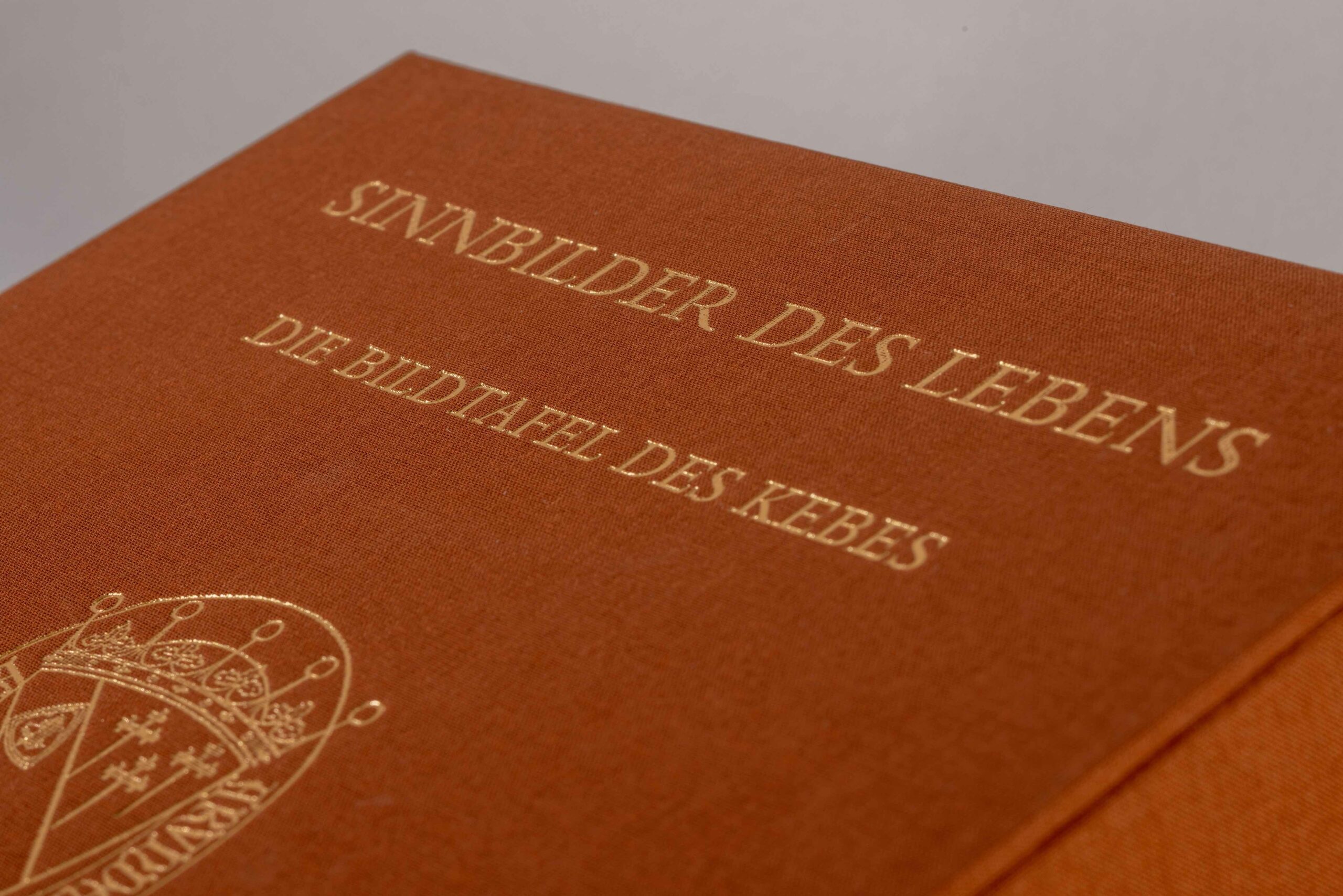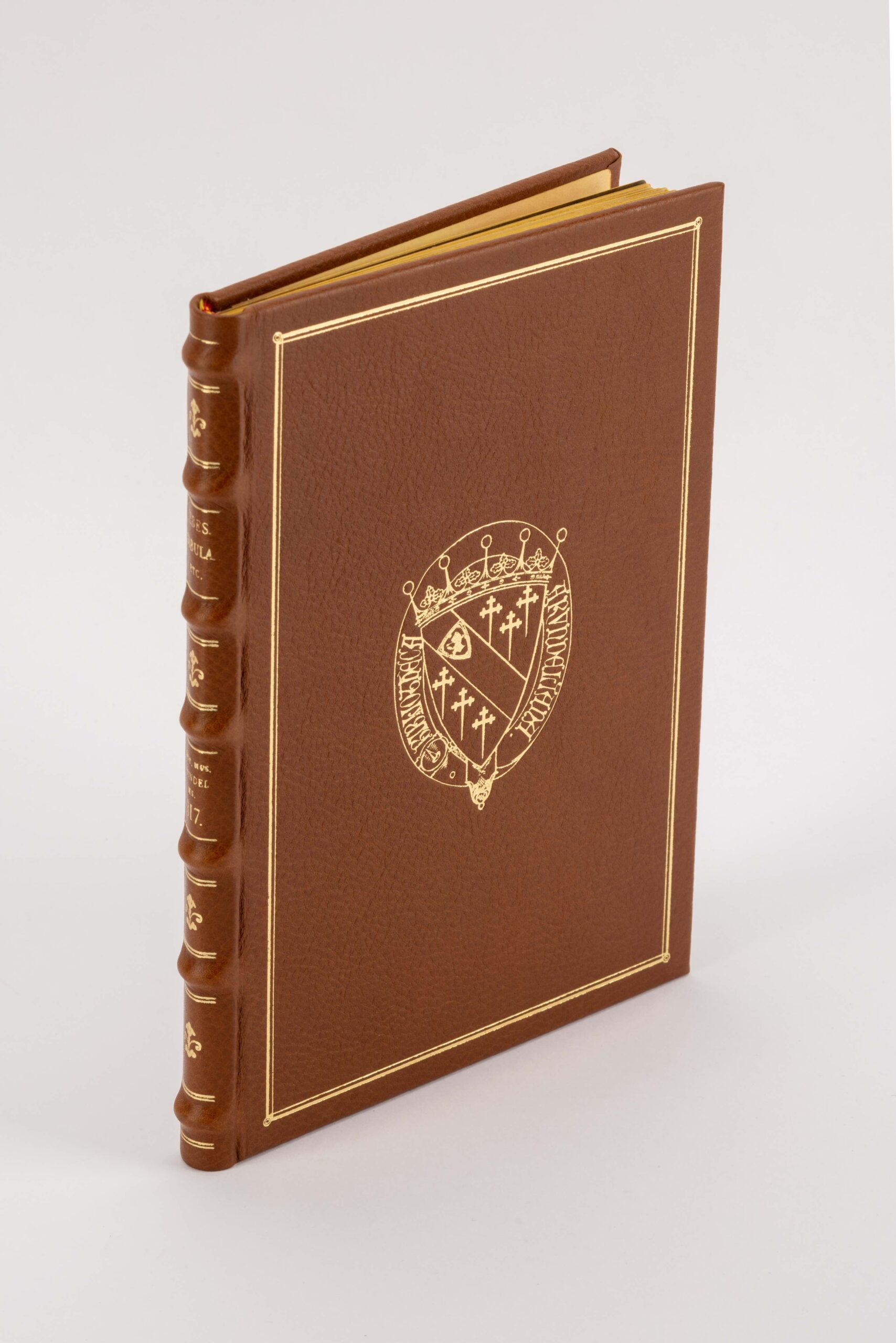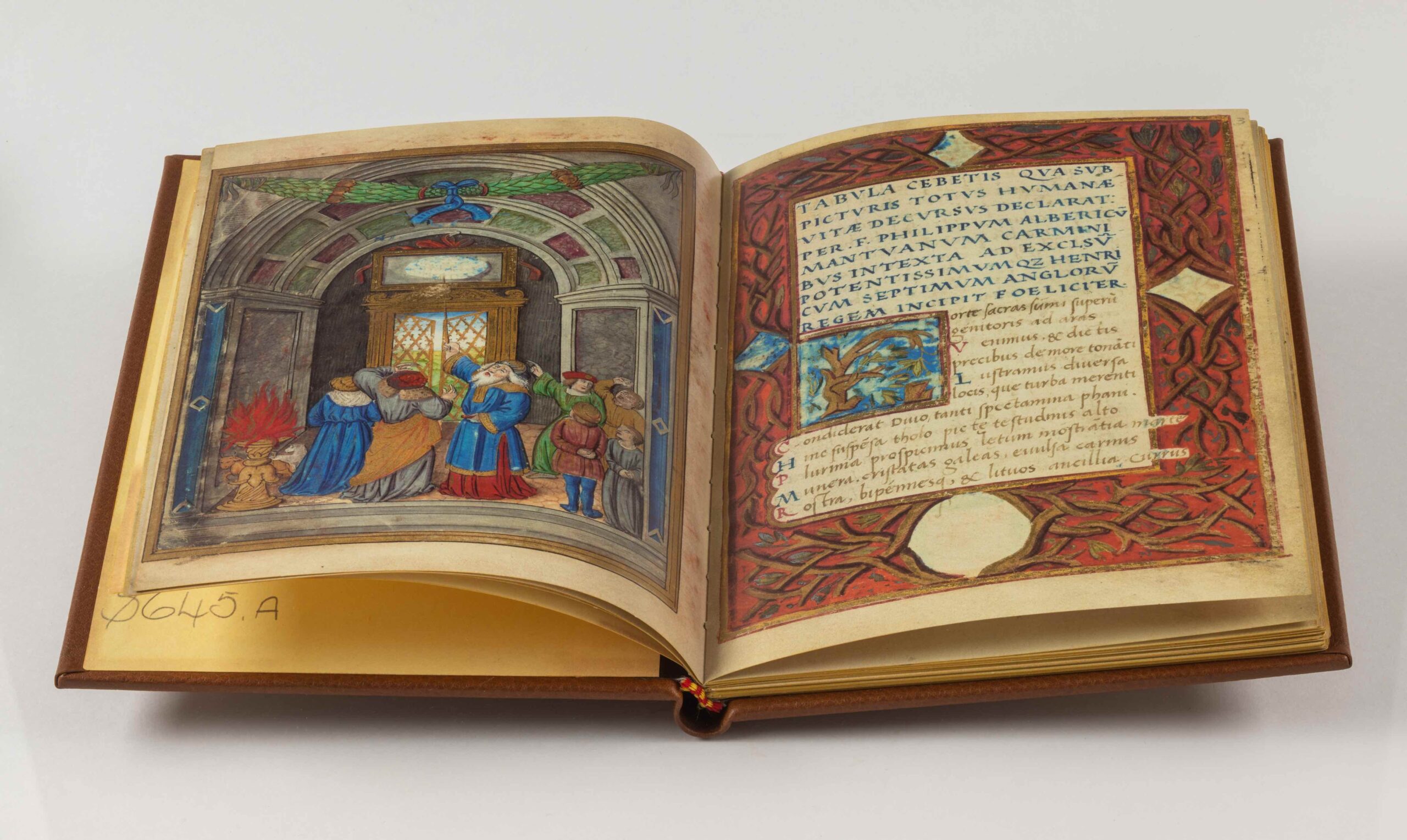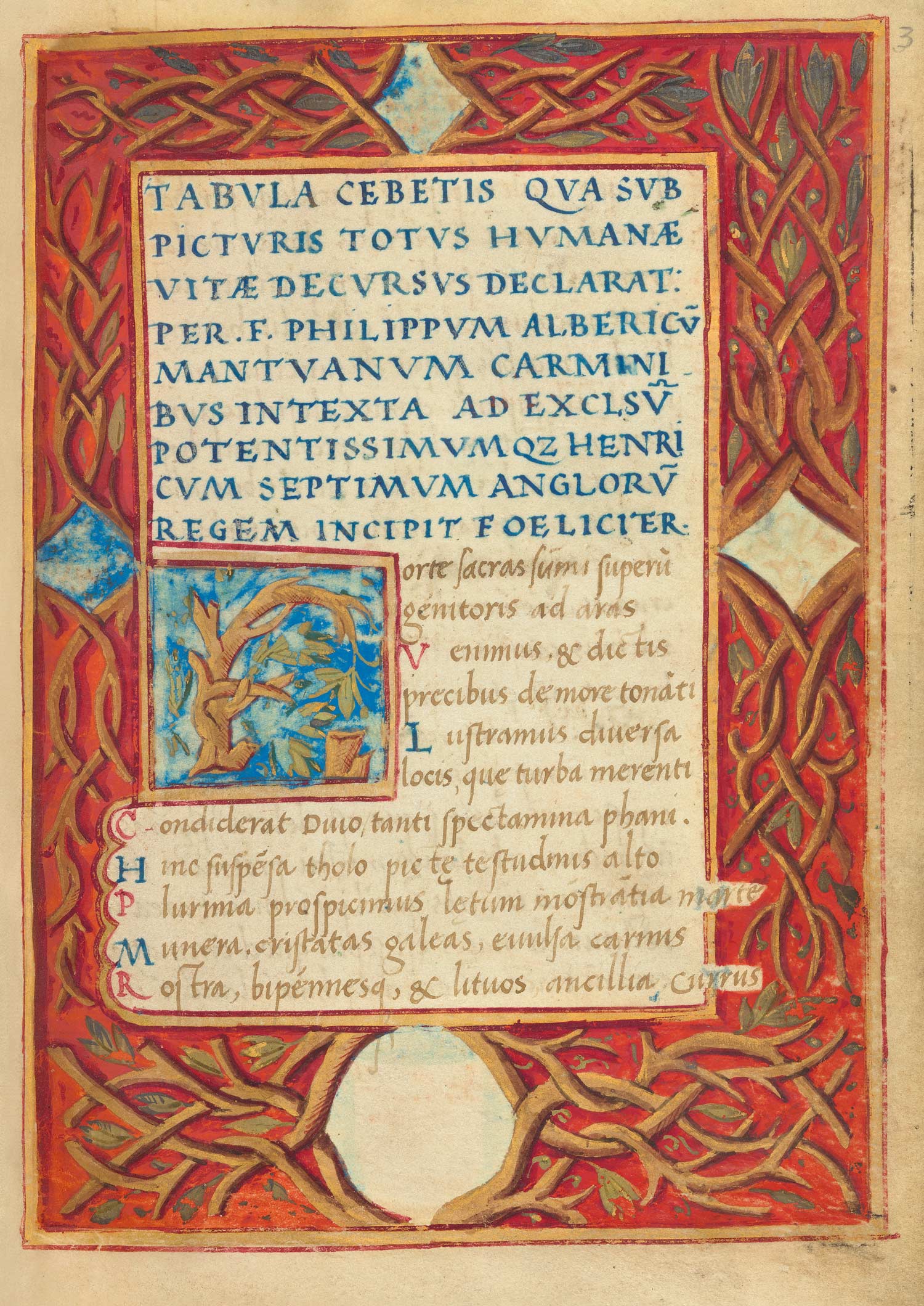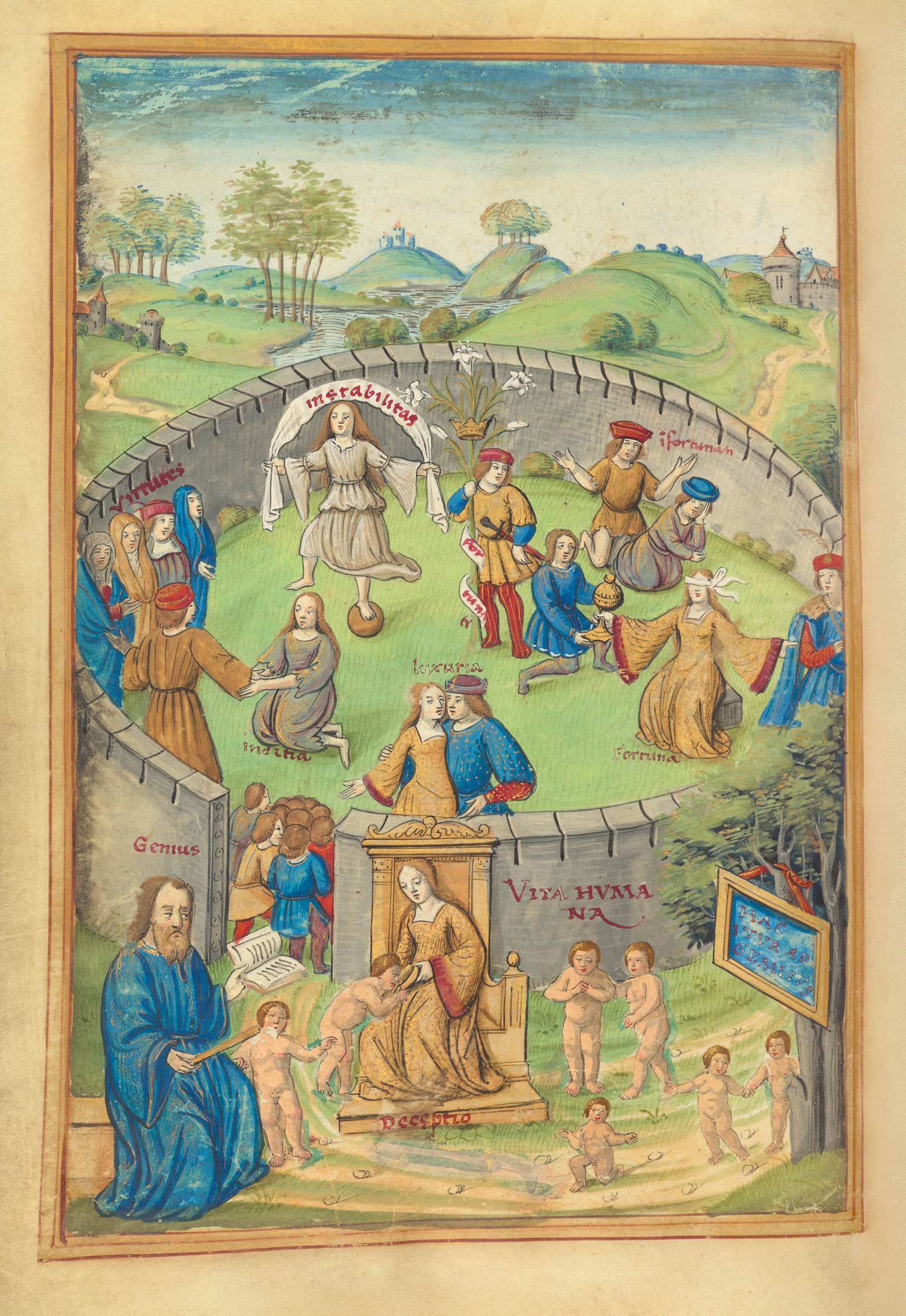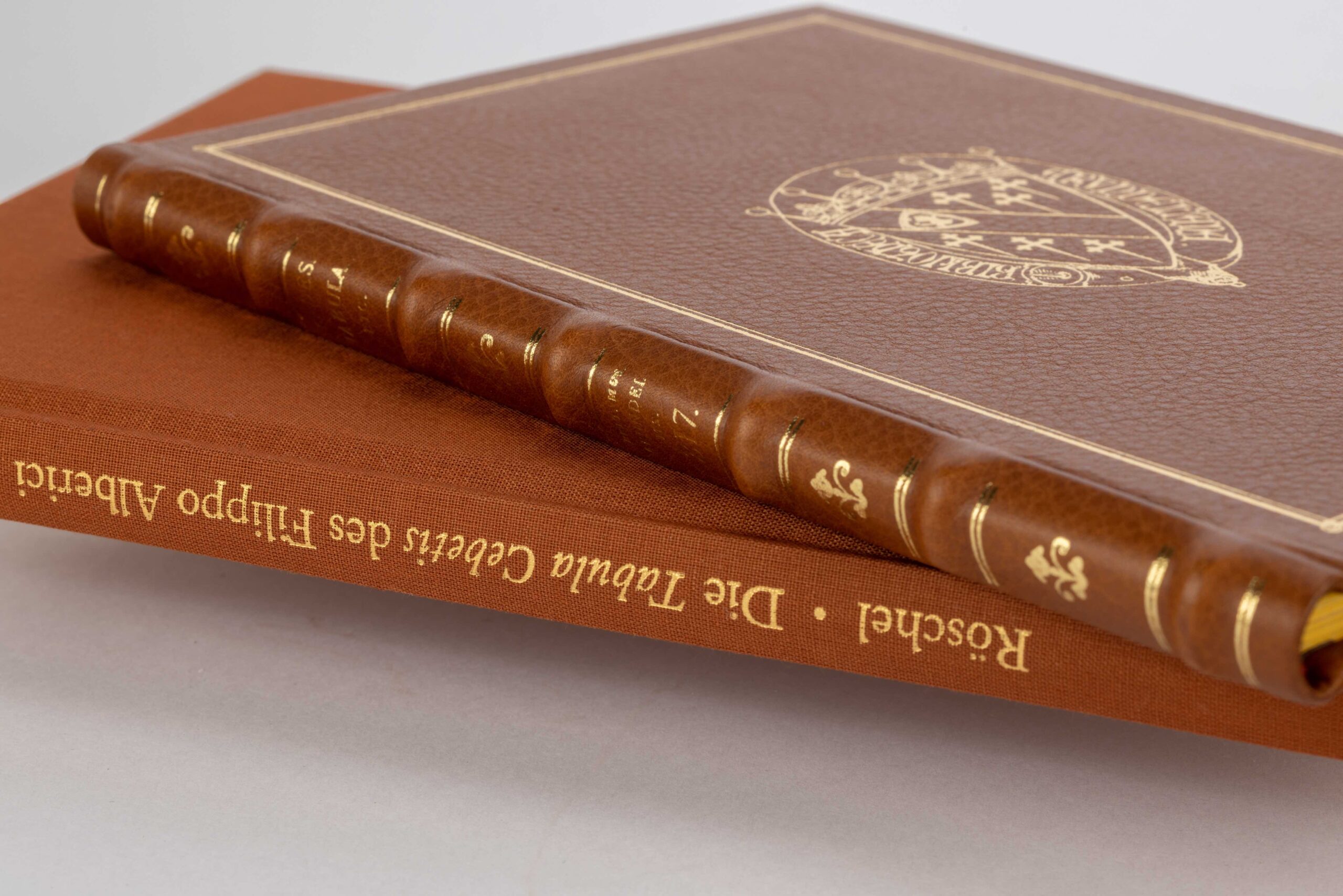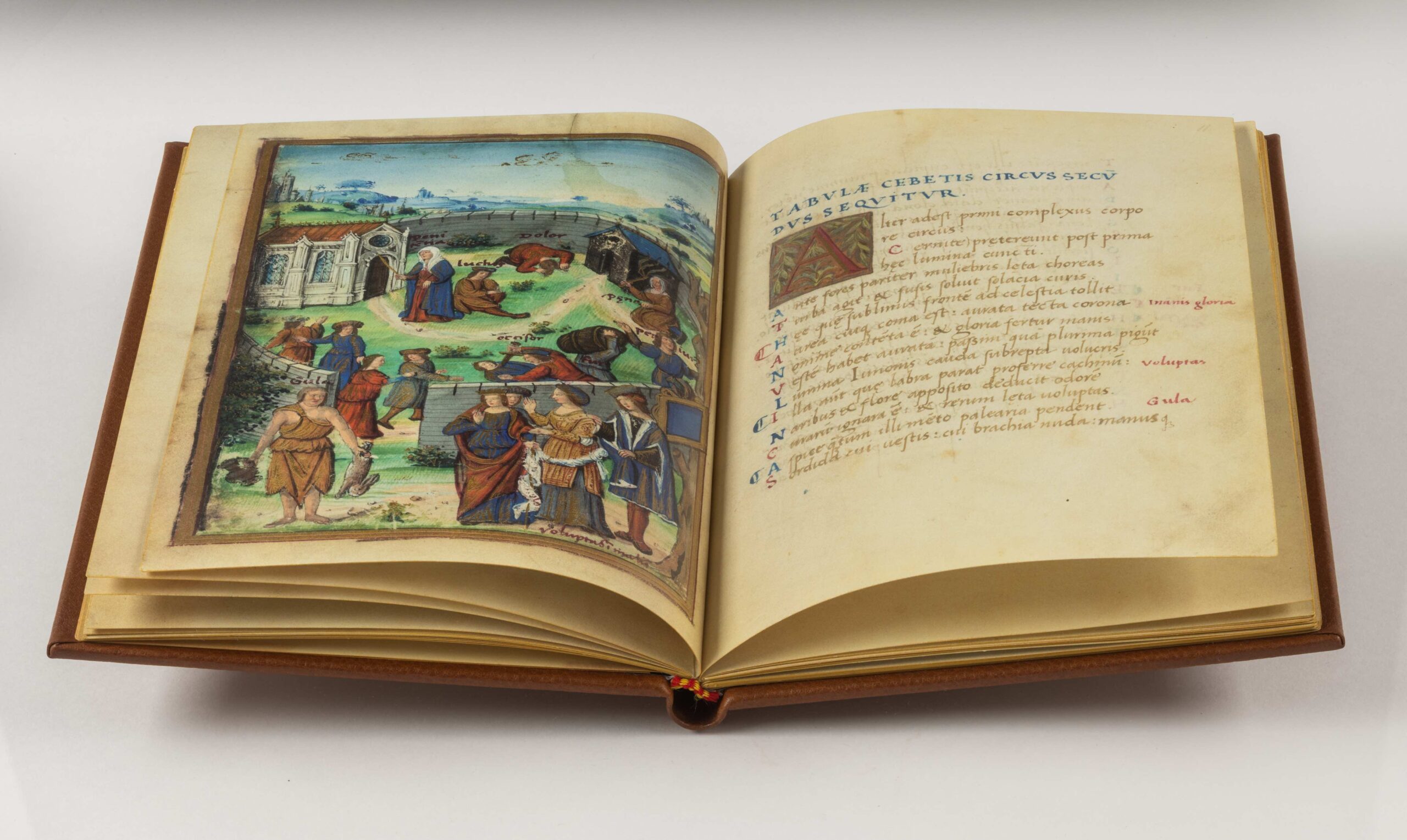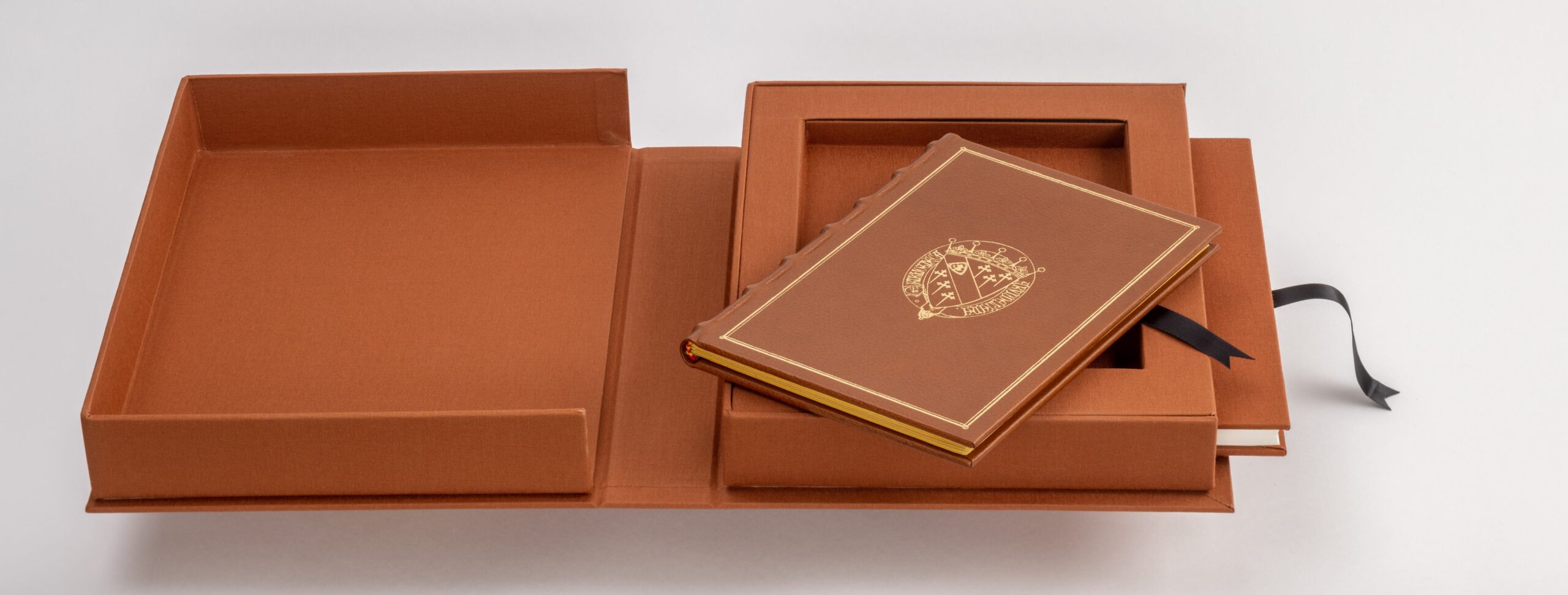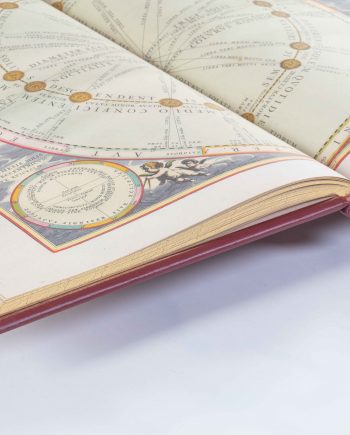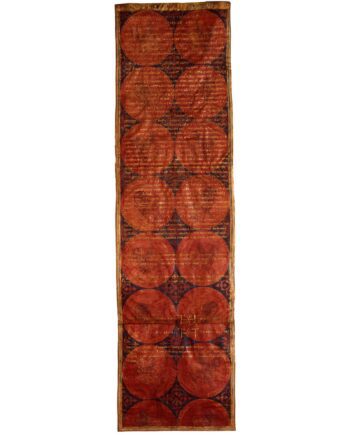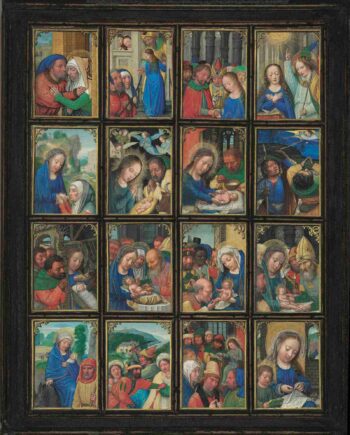Description
Pictorial description of a painting
In Roman imperial times, an author named Cebes created a painting in the mind’s eye of his readers with his work. It shows man on his journey through life. This “allegory of life” evoked in the mind became known as the Tabula of Cebes.
Around 1506, the Mantuan humanist Filippo Alberici wrote a hexameter Latin version (Tabula Cebetis) of this Greek text, the Kébetos Pínax, the Tabula of Cebes. It is a description of a fictitious painting in an ancient temple showing man’s path to virtue. Along the way lurk many dangers in the form of bad qualities and behaviours, all personified: Luxuria (lust), Instabilitas (inconstancy), Falsa Disciplina (“illusionary education“), etc., come to man as figures, but so do helping figures such as Promissio (promise), Spes (hope), Constantia (constancy) and many others.
Mantua – Paris – Cambridge
The Mantuan humanist Filippo Alberici spent several years in Paris at the beginning of the 16th century. He planned a trip to Cambridge for the summer of 1507. He hoped to meet the English King Henry VII there and to obtain a position at court. For this meeting, he prepared a worthy gift at the end of 1506 or beginning of 1507: a book decorated with miniatures, which was to contain a work written by himself, his version of the Tabula of Cebes, the Tabula Cebetis, set in hexameter, to which he prefixed a poem in praise of Henry VII. This resulted in the charming little manuscript Arundel MS 317, the text of which was written by Filippo Alberici himself. He envisaged six miniatures to open the respective sections of the Tabula Cebetis. For this purpose, he turned to an illuminator in Paris, Jean Coene IV, who also worked for the French royal family.
The downfall of an ambitious plan
He then travelled to England, the book in his luggage, to be able to present it to the king in Cambridge. Probably already on the island, possibly only in Cambridge itself, he added another poem in praise of King Henry VII. Filippo Alberici’s hopeful plans came to nothing; he probably never had the desired audience with the king, nor did he obtain an appointment to the English court in the following years. Since the dedication to Henry VII had failed, Filippo Alberici decided in England in the summer of 1507 to assign the book to the man with whom he had often been in contact in Cambridge, Joachim Bretoner, the seneschal of King’s Hall. To this end, he contributed another work of his own, De mortis effectibus (On the Effects of Death), which deals with the inevitable end of human life.
The fate of Arundel MS317
Joachim Bretoner probably left the book in Cambridge when he left for Italy. Finally, in 1608, it was in the hands of Elizabeth Stuart, daughter of James I, who inscribed her name at the end. Via the Earl of Totnes, the Cimelia came to Thomas Howard, who founded the famous Arundel Library, most of which is now held in the British Library as the Arundel Collection.
The Facsimile Edition
Around 1506, a magnificent Renaissance manuscript was produced in Paris, the Tabula of Cebes (Tabula Cebetis) by Filippo Alberici, which is now being published for the first time ever as a perfect true-to-original facsimile edition and limited to 500 copies worldwide. The leather binding is in noble brown and decorated with beautiful gold embossing – a true bibliophile masterpiece. A luxury case protects the valuable edition.
The scholarly accompanying volume, written by Dr. Dieter Röschel, illuminates all aspects of the manuscript, traces its exciting history and explains all miniatures and initials in detail.



